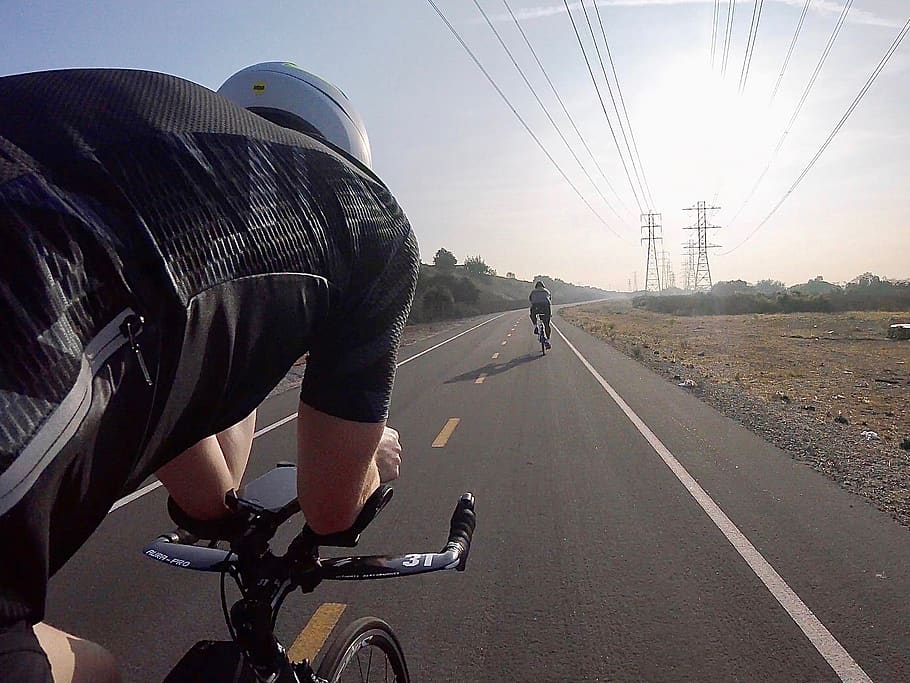Cycling is a fantastic full-body workout that engages various muscle groups, making it a popular choice for fitness enthusiasts and athletes alike. In this comprehensive guide, we’ll delve deep into the muscles that cycling works, providing you with a detailed breakdown to help you understand the physical benefits of this rewarding activity.
Muscles Targeted in Cycling
Cycling and Lower Body Muscles
- Quadriceps (Front Thigh Muscles): The primary muscle group responsible for powering your pedal strokes. These muscles extend your knee and provide the driving force during cycling.
- Hamstrings (Back Thigh Muscles): Located at the back of your thighs, hamstrings play a crucial role in the upstroke of the pedal stroke and provide balance to the quads.
- Gluteal Muscles (Glutes): Your glutes, including the gluteus maximus and gluteus medius, are engaged during the downstroke phase of pedaling, contributing significant power.
- Calves (Gastrocnemius and Soleus): These muscles in your lower leg help control the movement of your foot on the pedal and assist in ankle stability.
- Hip Flexors: The muscles that enable you to lift your knees during each pedal stroke. Strong hip flexors aid in maintaining an efficient cycling posture.
Cycling and Core Muscles
- Abdominals (Abs): Your core muscles help stabilize your upper body while cycling, especially when you’re out of the saddle or navigating uneven terrain.
- Obliques: These muscles on the sides of your abdomen are engaged when you twist your torso, aiding in balance and control.
Cycling and Upper Body Muscles
- Deltoids (Shoulders): While the upper body plays a minor role in cycling, your deltoids are involved in steering and maintaining proper upper body posture.
- Triceps and Biceps (Arms): These muscles help with steering, especially when maneuvering through tight turns or corners.
Muscle Engagement Across Different Types of Cycling

Road Cycling
Road cycling predominantly targets the quadriceps, hamstrings, glutes, and calves due to the continuous pedal stroke and relatively stable body position. Upper body muscles are mainly engaged for steering and stability.
Mountain Biking
Mountain biking engages a broader range of muscles, including the core and upper body muscles, as riders frequently shift their weight and maneuver through rough terrain. The glutes and quads are heavily involved in powering through uphill and technical sections.
Indoor Cycling (Spin Class)
Indoor cycling classes, such as spin, provide an intense lower body workout. The fast-paced, high-resistance intervals engage the quads, hamstrings, glutes, and calves, with some core and upper body engagement during out-of-saddle intervals.
Conclusion
In conclusion, cycling is a highly effective sport for engaging and strengthening a wide range of muscle groups. Understanding the specific muscles involved in cycling can help you tailor your training regimen and appreciate the holistic fitness benefits it offers. Whether you’re a road cyclist, mountain biker, or indoor cycling enthusiast, the engagement of both lower and upper body muscles makes cycling an excellent choice for enhancing your overall physical fitness. So, hop on your bike, enjoy the ride, and let your muscles reap the rewards of this exhilarating sport!



